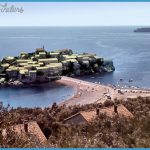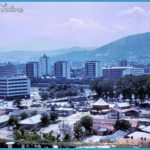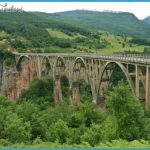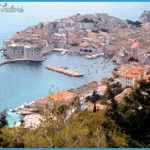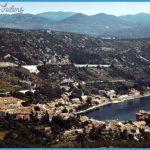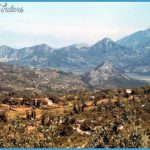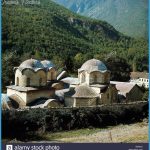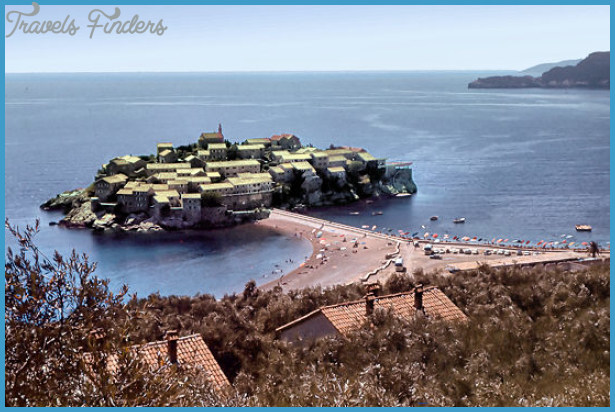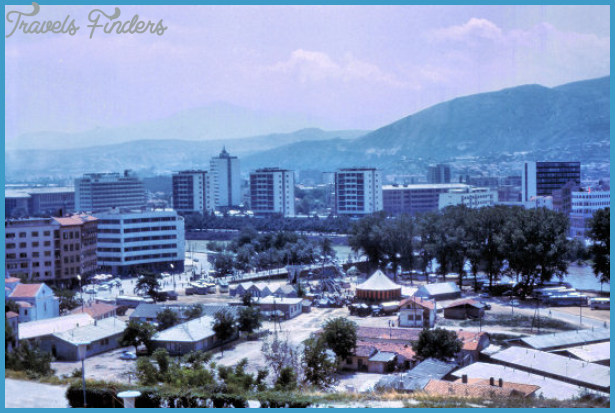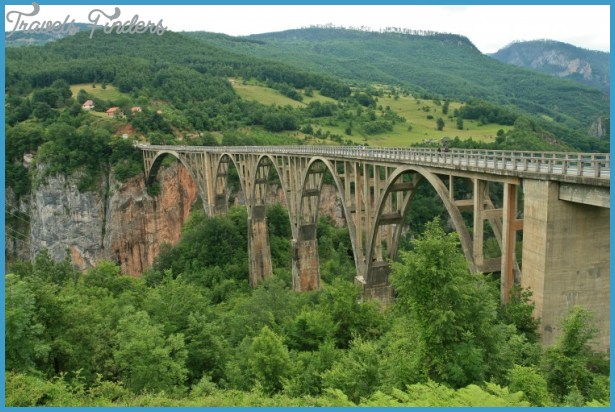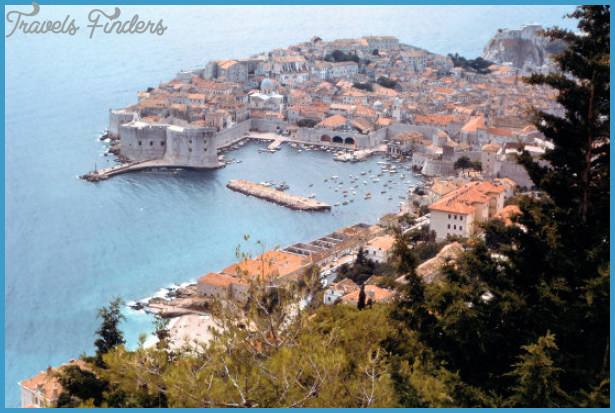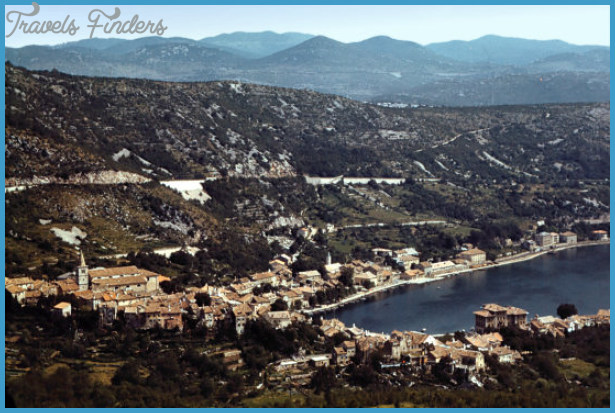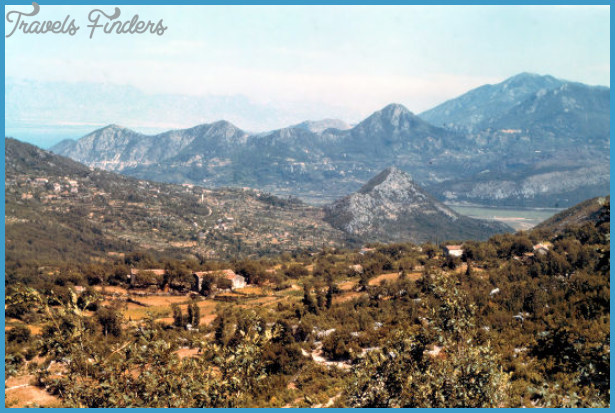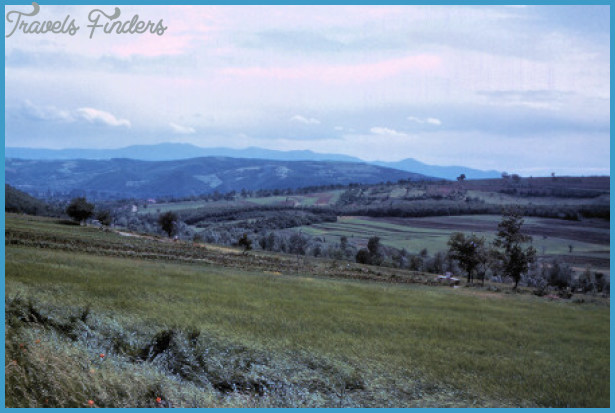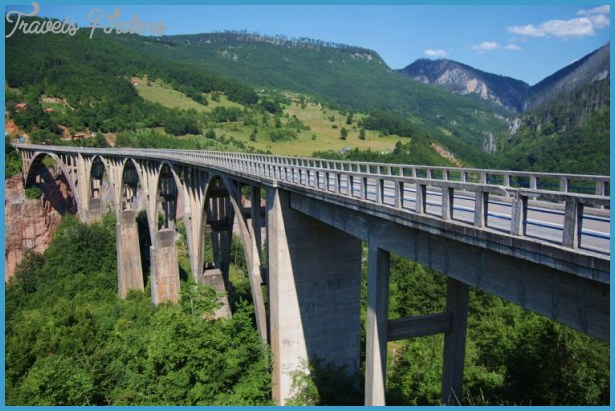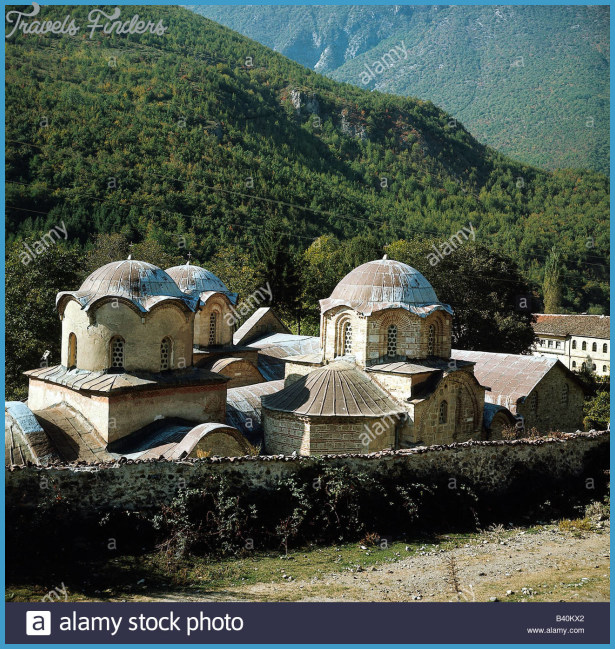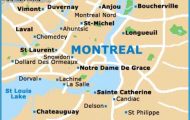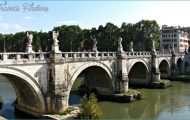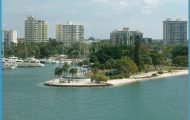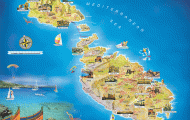Of the socialist countries of Europe, Yugoslavia is the most interesting for the tourist, partly because the government has gone all out to build its tourist business. In 1981, 6.6 million foreign tourists traveled in the country. About a third of them were German; 10 percent were from Italy, and 9 percent from Austria. Relatively few Americans make the trip, about 2 percent of the total. Belgrade is the capital. The country has been called a cacophony of ethnic groups: Croats, Macedonians, Montenegrins, Serbs, Slovenes, Muslims, Albanians, Hungarians, Turks, Slovaks, Romanies, Bulgarians, Romanians, Ruthenians, Czechs, Italians, Ukranians, Germans and other. The Adriatic coast is ruggedly scenic.
The Adriatic coast attracts the most visitors and has a series of resort communities. The major tourist attraction is the museum town of Dubrovnik, once an important trade center. The climate there is hot in summer, mild and rainy in winter. Yugoslavia is about two-thirds the size of California. The Danube River, the most important water route from Central and Western Europe to the Black Sea, flows through most of Eastern Yugoslavia.
One of the natural attractions is the Plitvice Lakes region, opened as a national park in 1949. The 47,300 acre park is midway between Zagreb and Zadar in the rural interior of the Yugoslavian Republic of Croatia and is reachable by auto or tour bus. The appeal of the area is sixteen lakes connected to each other by waterfalls surrounded by forest.
Most visitors to the country head for the Adriatic coast, 3,823 miles of it, or some of the one thousand offshore islands. One of the more interesting Yugoslavian resorts is the restored village of Sveti Stefan, originally a fortified island, later a fishing village. Today it is connected by causeway to the mainland. Bathing beaches are along the fringes of the causeway. North of Sveti Stefan is Milocer, formerly the summer palace of the royal family, now a hotel. Dubrovnik is the all-out tourist favorite. Private enterprise is much alive in the tourist business with crowds of people waiting at transit points to offer rooms in their homes and in many cases, half or full board as well.
A problem with hotel service comes from the fact that management is a group enterprise; all employees participate. Managers and management committees are selected by the workers so that guest satisfaction takes second place to staff satisfaction. Hotels are graded L (luxury), A (first class), B (second class), C (third class), and D (fourth class).
Yugoslavian food reflects the various nationalities within the country, people who have been strongly influenced by neighboring cultures Austrian, Turkish, Slavic, Hungarian, Italian and Greek. Much local wine is produced, none with an international reputation. Turska kava, Turkish coffee, made of finely ground beans, rapidly boiled and very sweet, is not for your average visitor. Plum brandy, sljivovica, is very popular, and taken with Turkish coffee.

